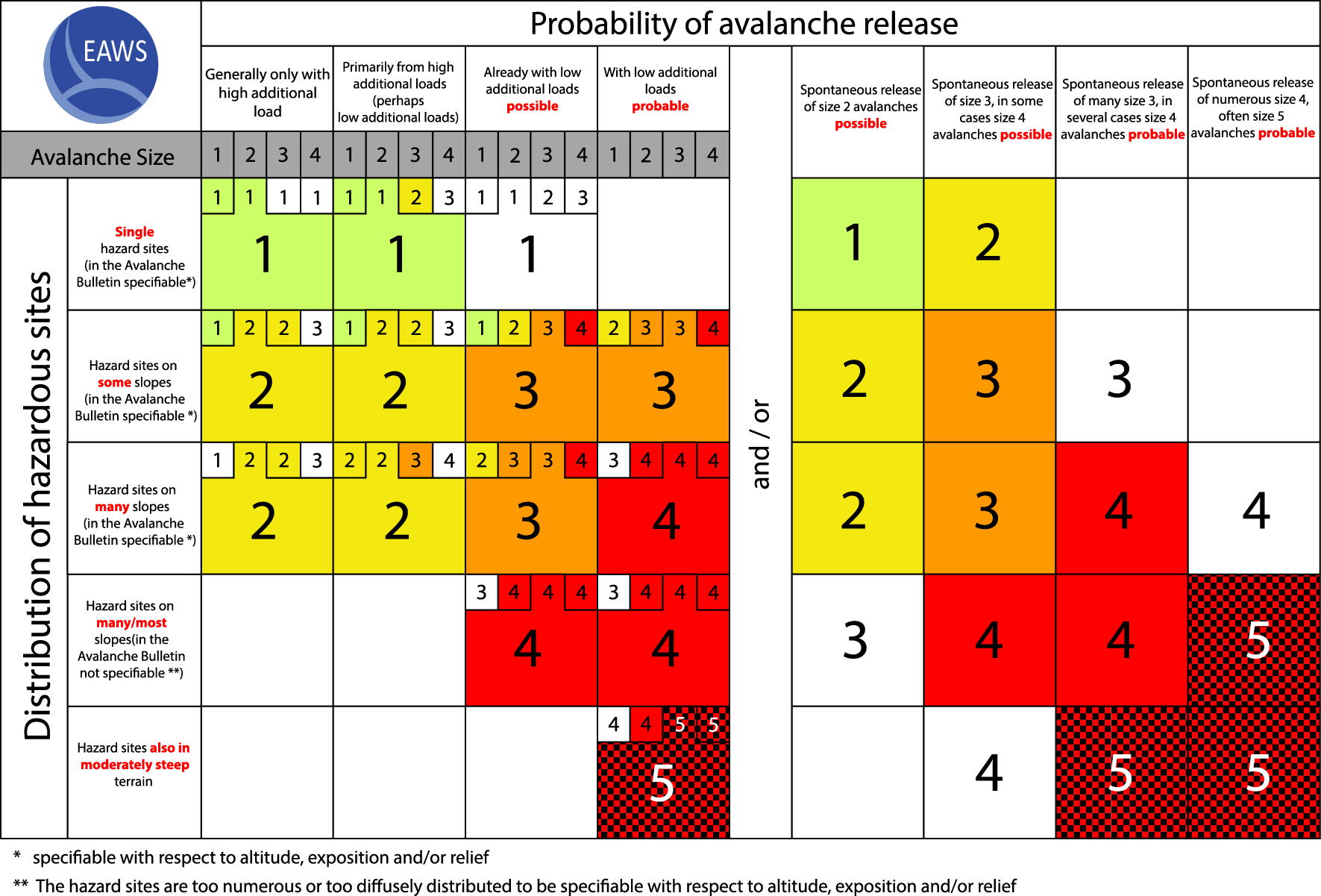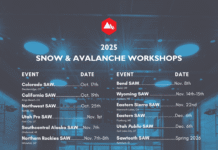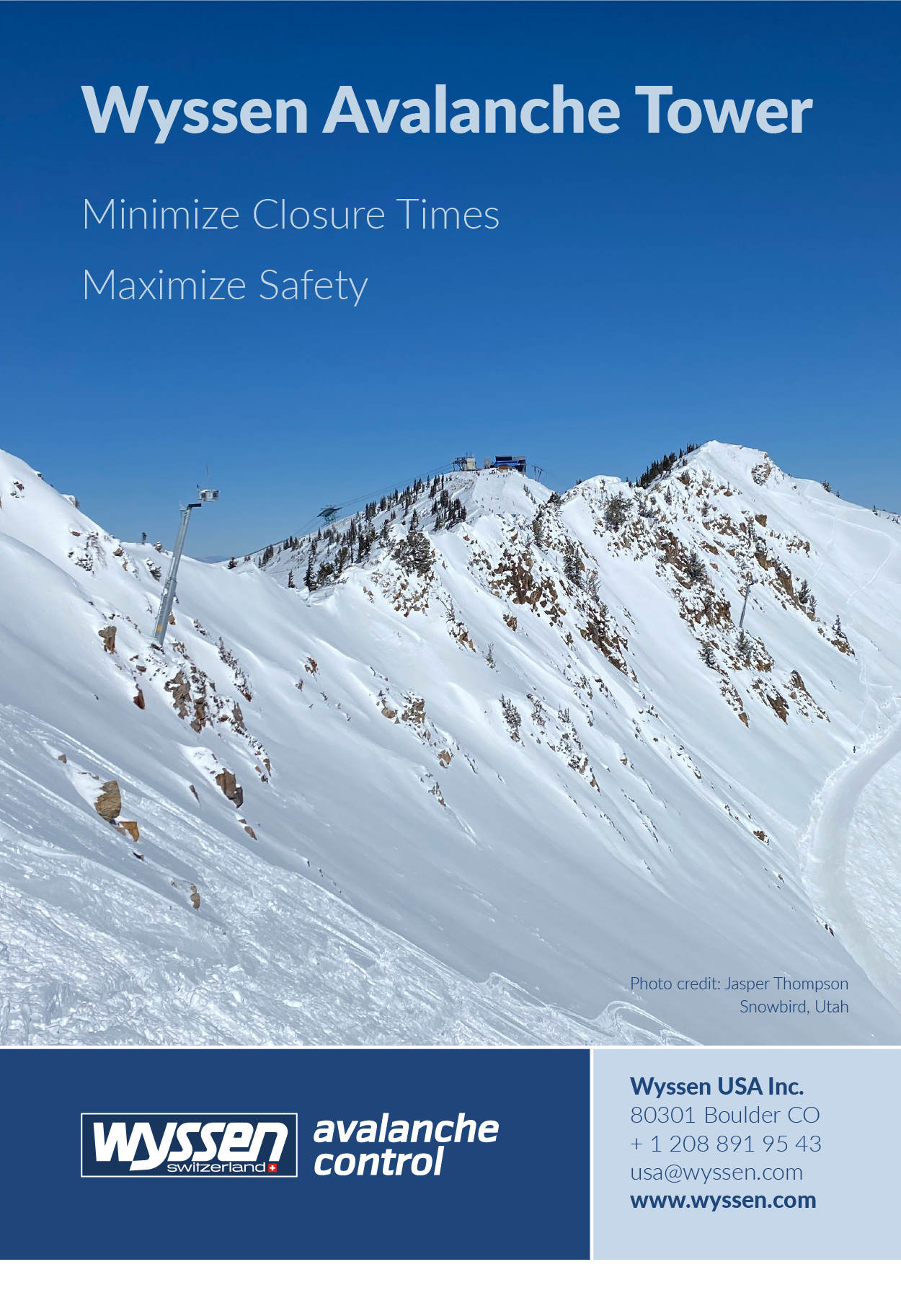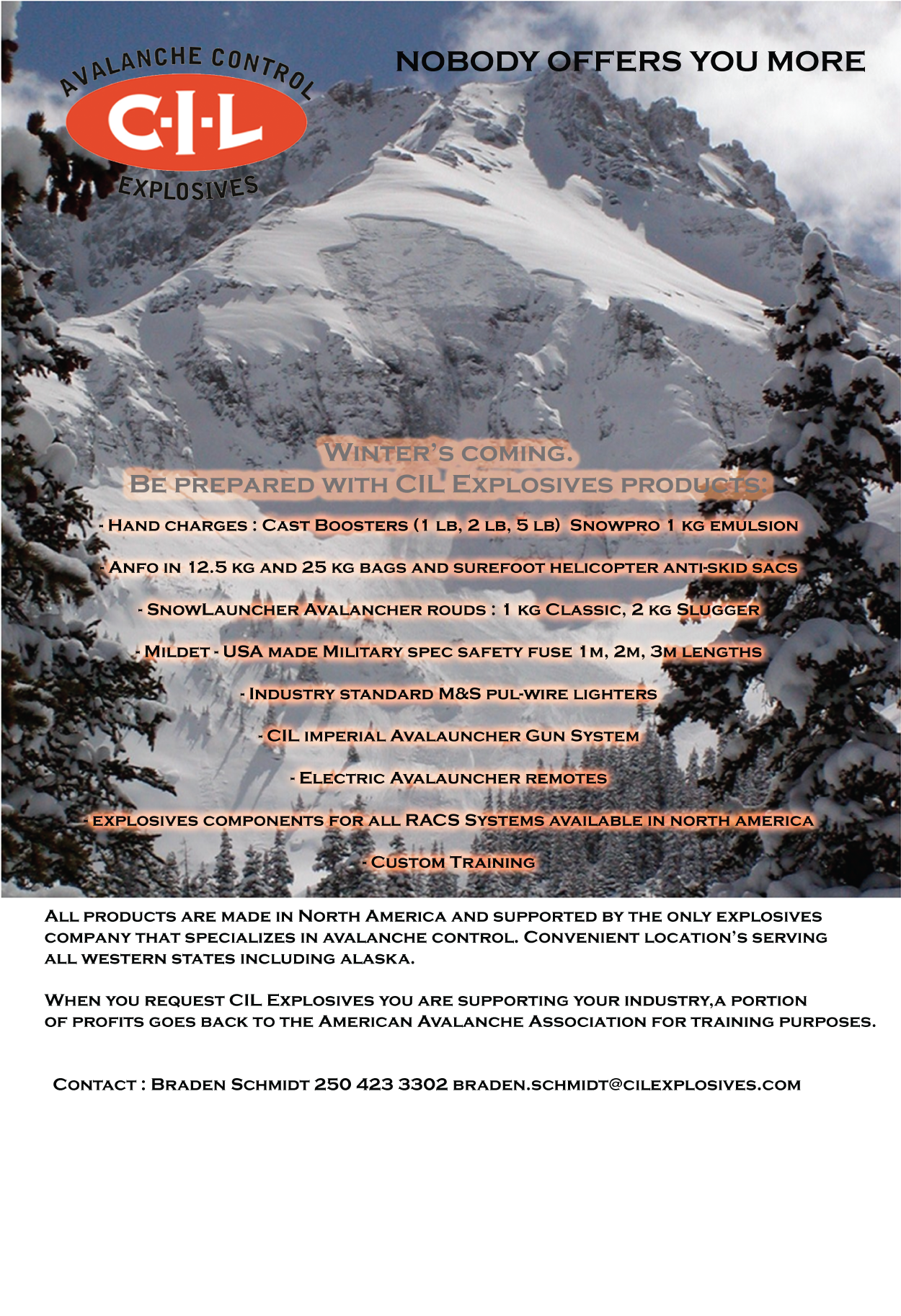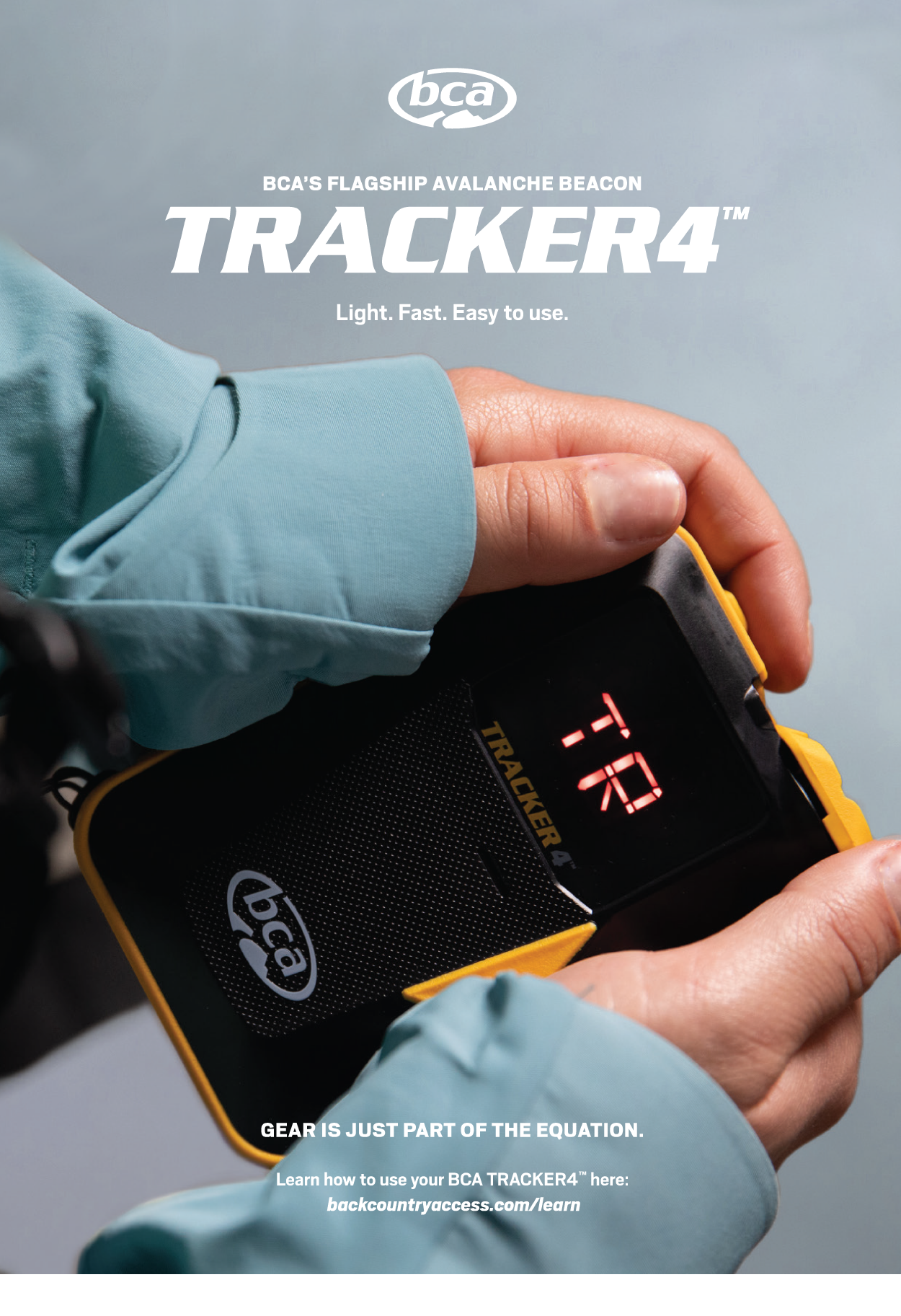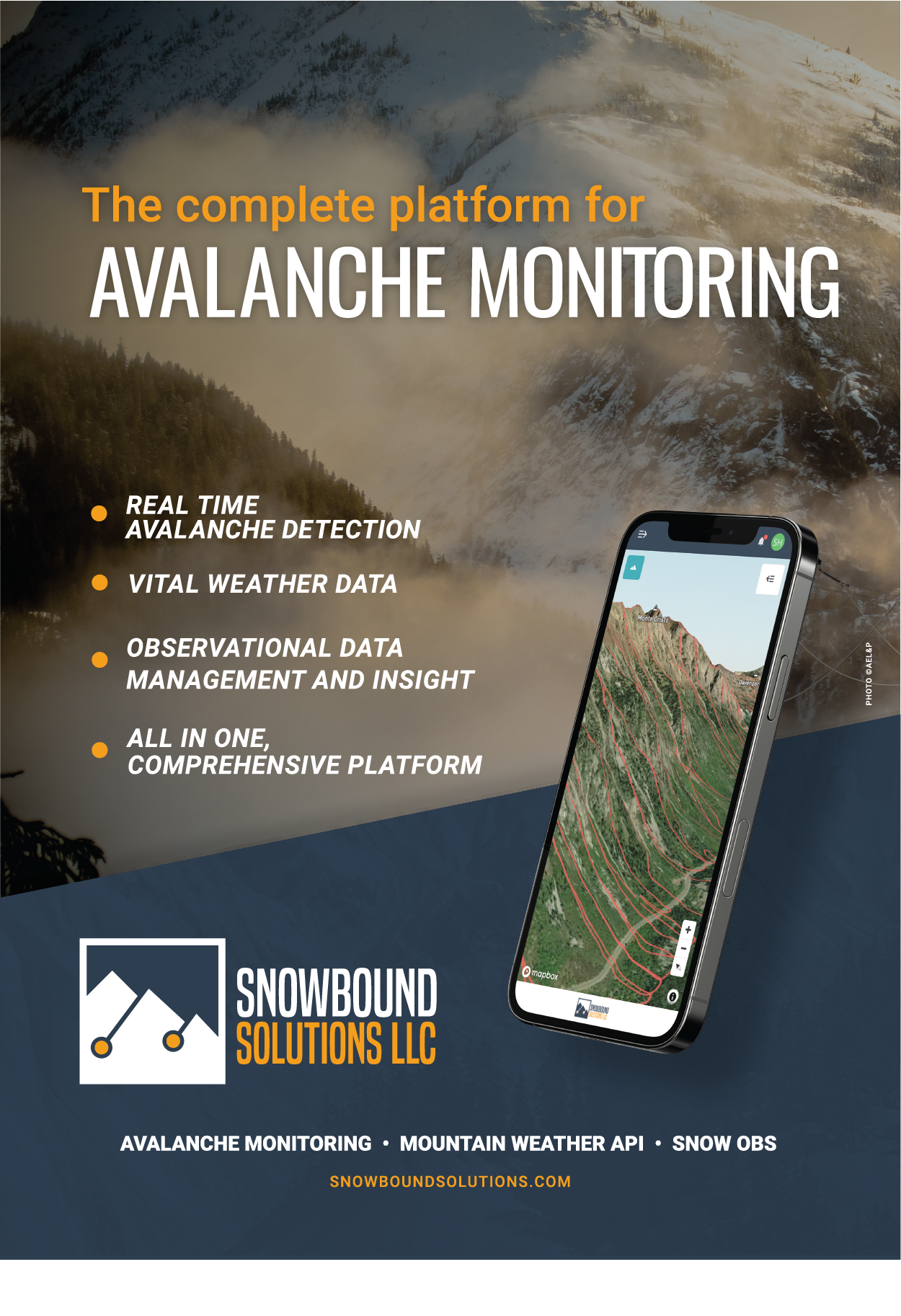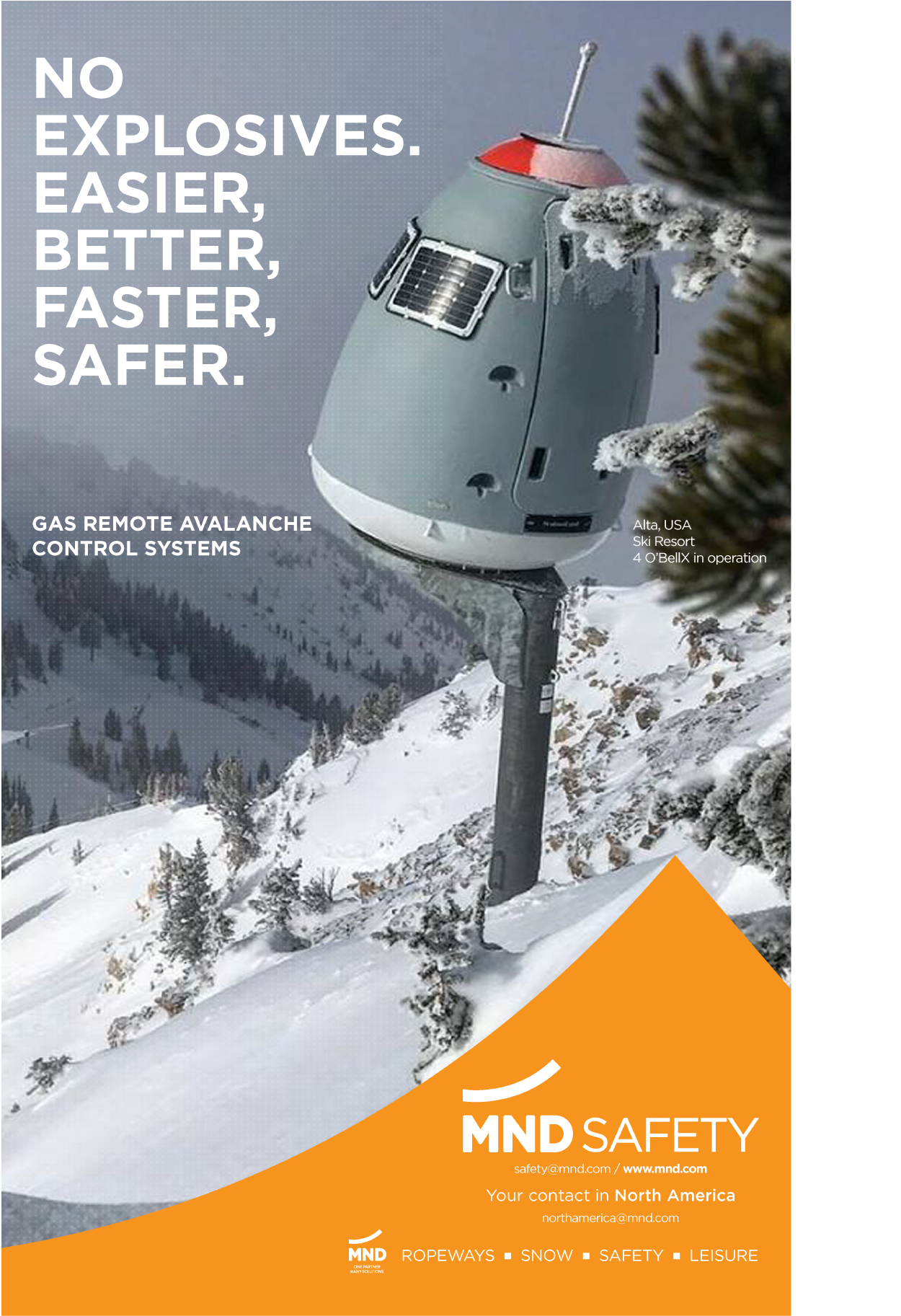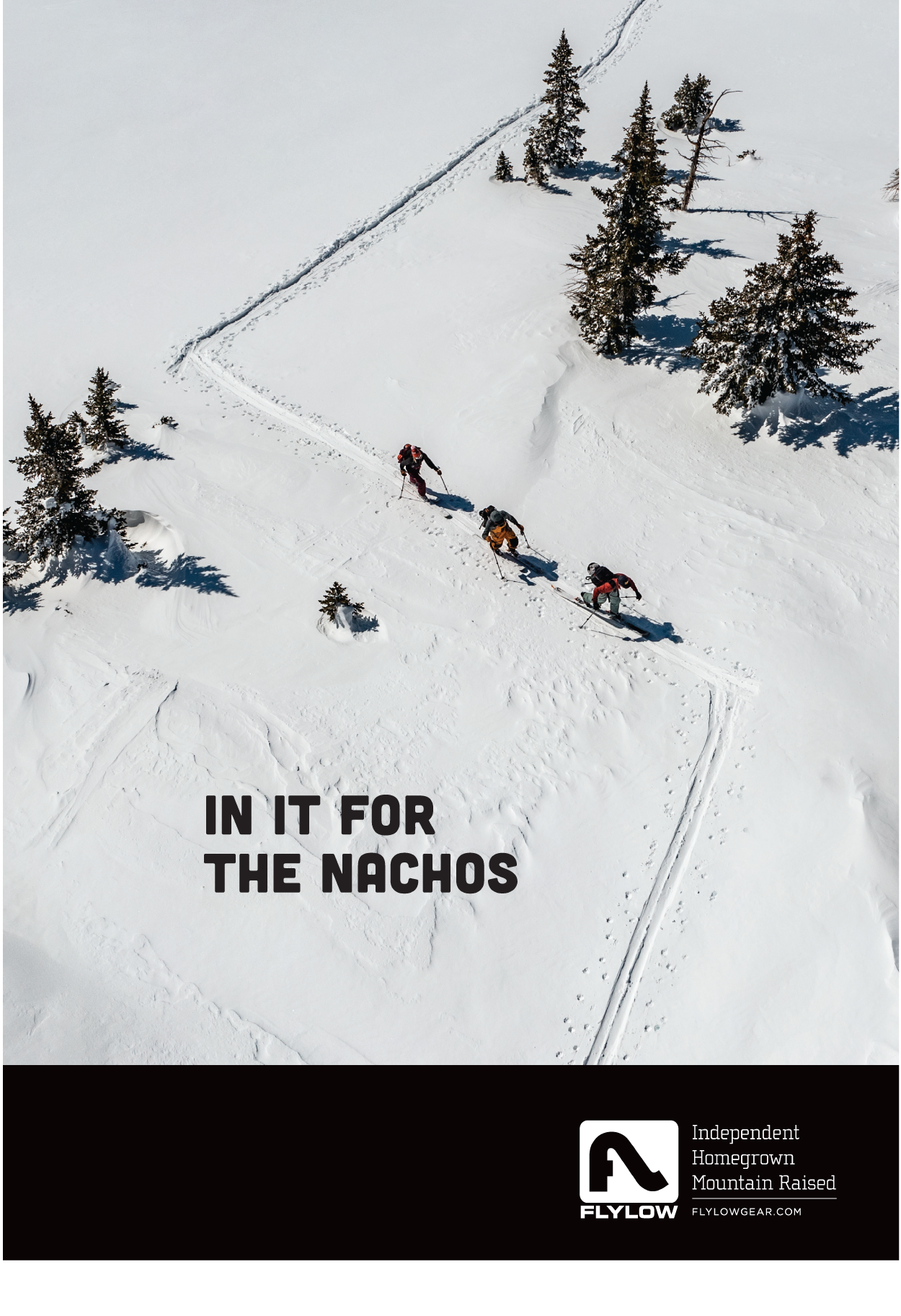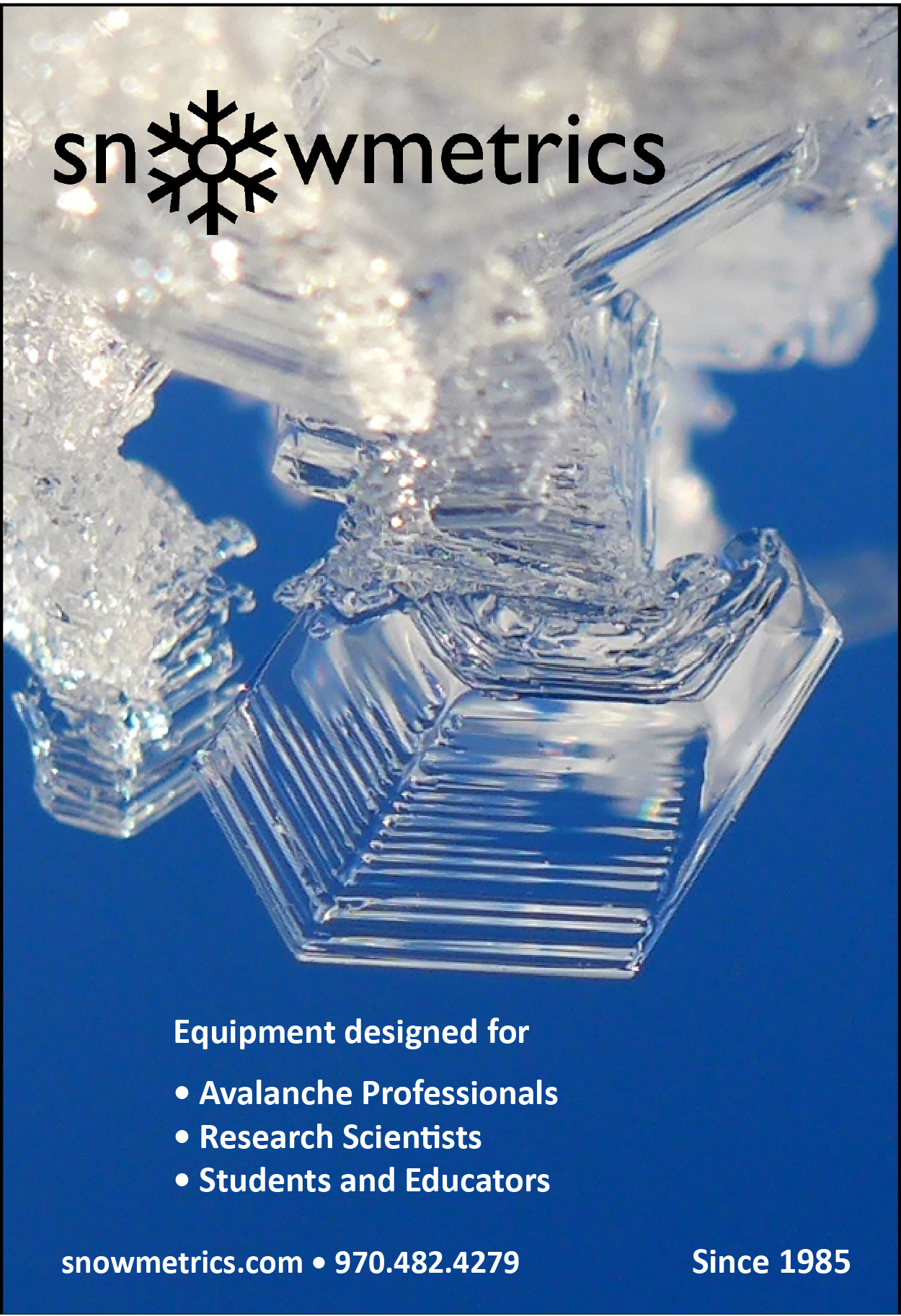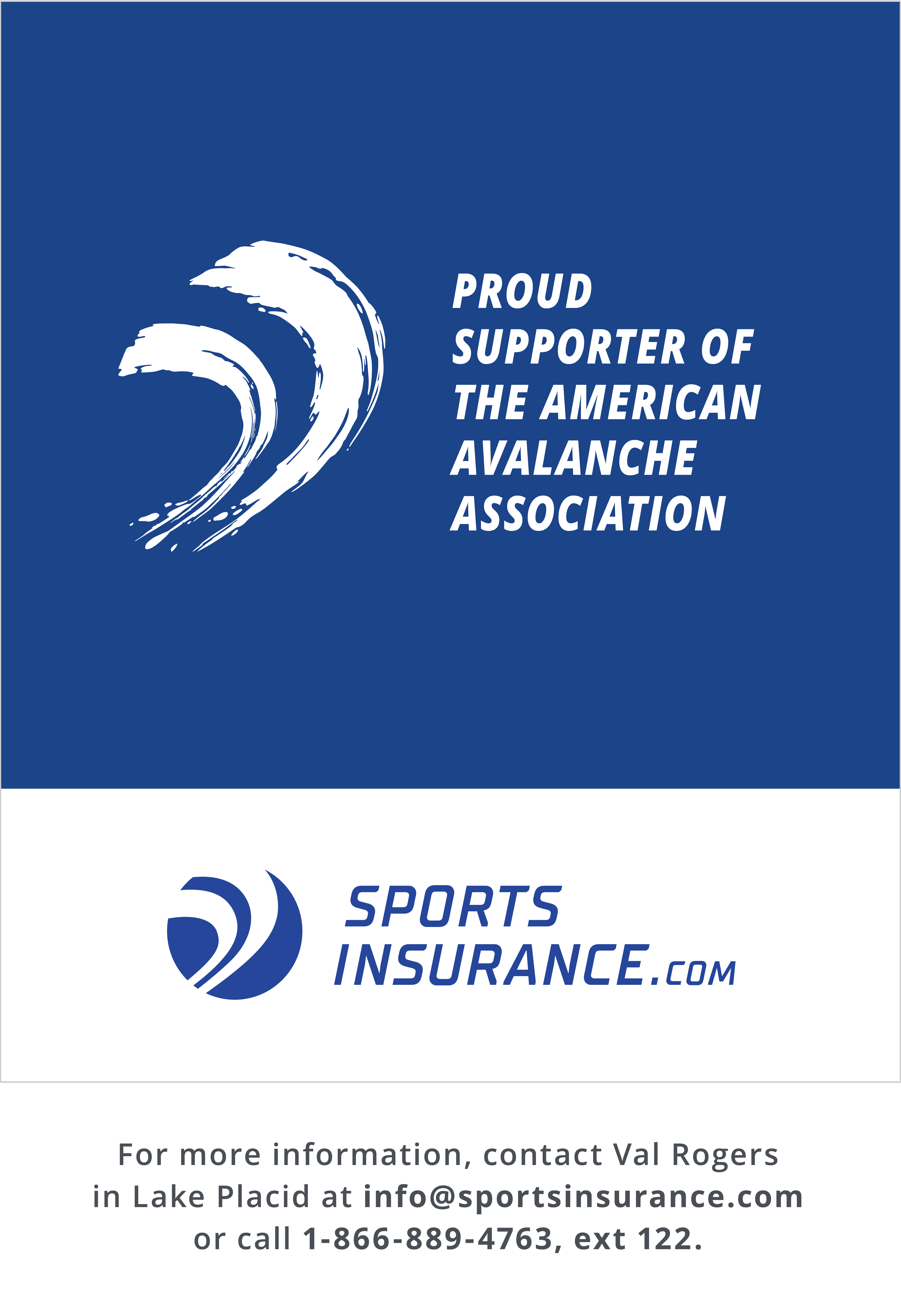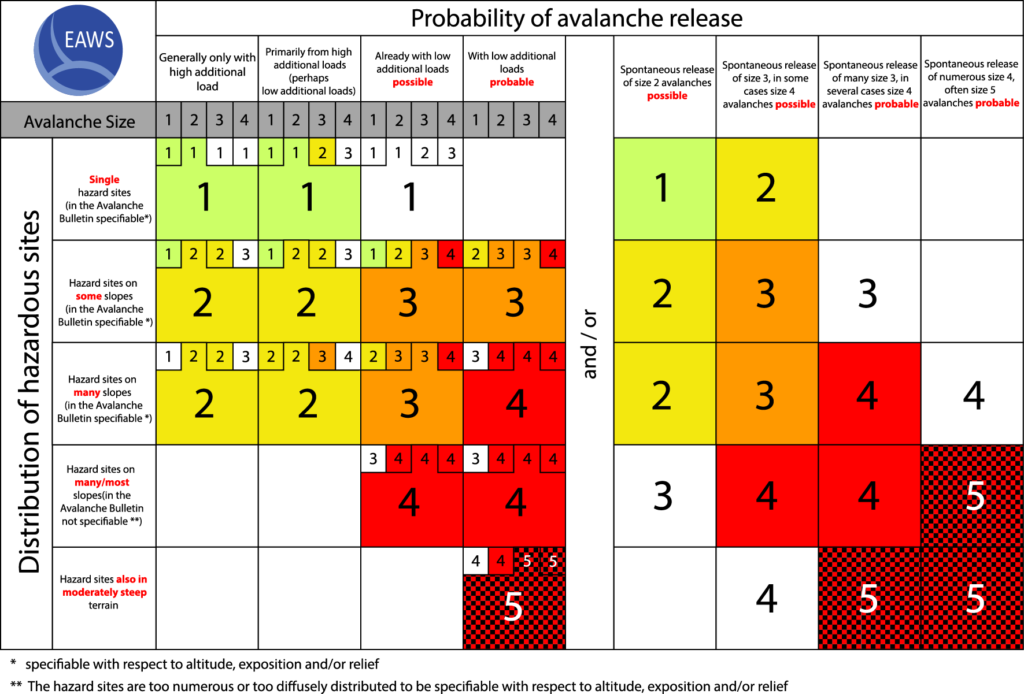
This paper explores some work that the SLF avalanche warning team has been doing by adding additional information to the avalanche danger rating by adding a “+” or a “-“ to the danger rating. They found that – at least for their forecasts in Switzerland – that their forecasters could do this and that their ratings were ordered properly in terms of the contributory factors of avalanche danger (for example, that there are more signs of instability and more avalanche observations when the forecast is 3+ than when it is 3=, and 3= has more avalanches than 3-).
On the correlation between a sub-level qualifier refining the danger level with observations and models relating to the contributing factors of avalanche danger
Frank Techel1, Stephanie Mayer1, Cristina Pérez-Guillén1, Günter Schmudlach2, and Kurt Winkler1
- 1WSL Institute for Snow and Avalanche Research SLF, Davos, Switzerland
- 2Skitourenguru GmbH, Zurich, Switzerland
Received: 15 Feb 2022 – Discussion started: 23 Feb 2022
Abstract. Forecasting avalanche danger at a regional scale is a largely data-driven, yet also experience-based decision-making process. In the case of public avalanche forecasts, this process terminates in an expert judgment concerning summarizing avalanche conditions by using one of five danger levels. This strong simplification of the continuous, multi-dimensional nature of avalanche hazard allows for efficient communication but inevitably leads to a loss of information. Intending to overcome the discrepancy between determining the final target output in higher resolution while maintaining the well-established standard of assessing and communicating avalanche hazard using the avalanche danger scale, avalanche forecasters at the national avalanche warning service in Switzerland used an approach that combines absolute and relative judgments. First, forecasters make an absolute judgment using the five-level danger scale. In a second step, a relative judgment is made by specifying a sub-level describing the avalanche conditions relative to the chosen danger level. This approach takes into account the human ability to reliably estimate only a certain number of classes. Here, we analyze these (yet unpublished) sub-levels, comparing them with data representing the three contributing factors of avalanche hazard, snowpack stability, the frequency distribution of snowpack stability, and avalanche size. We analyze both data used in operational avalanche forecasting and data independent of the forecast, going back five years. Using a sequential analysis, we first establish which data is suitable and in which part of the danger scale by comparing their distributions at consecutive danger levels. In a second step, integrating these findings, we compare the frequency of locations with poor snow stability and the number and size of avalanches with the forecast sub-level. Overall, we find good agreement: a higher sub-level is generally related to more locations with poor snow stability and more avalanches of larger size. These results suggest that on average avalanche forecasters can make avalanche danger assessments with higher resolution than the five-level danger scale. Our findings are specific to the current forecast set up in Switzerland. However, we believe that avalanche warning services making a hazard assessment using a similar temporal and spatial scale as currently used in Switzerland should also be able to refine their assessments if (1) relevant data is sufficiently available in time and space, and (2) if a similar approach combining absolute and relative judgment is used. The sub-levels increase the predictive value of the forecast, opening the discussion on how this information could be provided to forecast users.
https://nhess.copernicus.org/preprints/nhess-2022-54/#discussion

